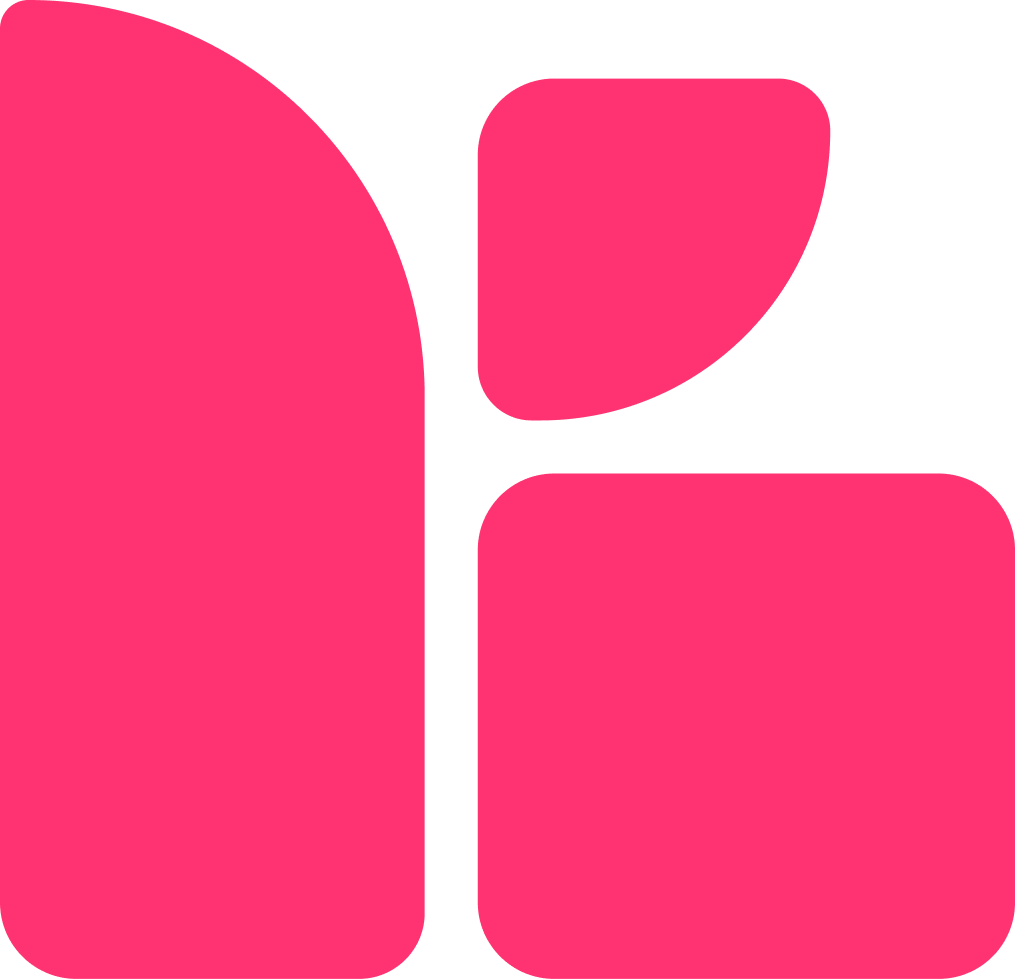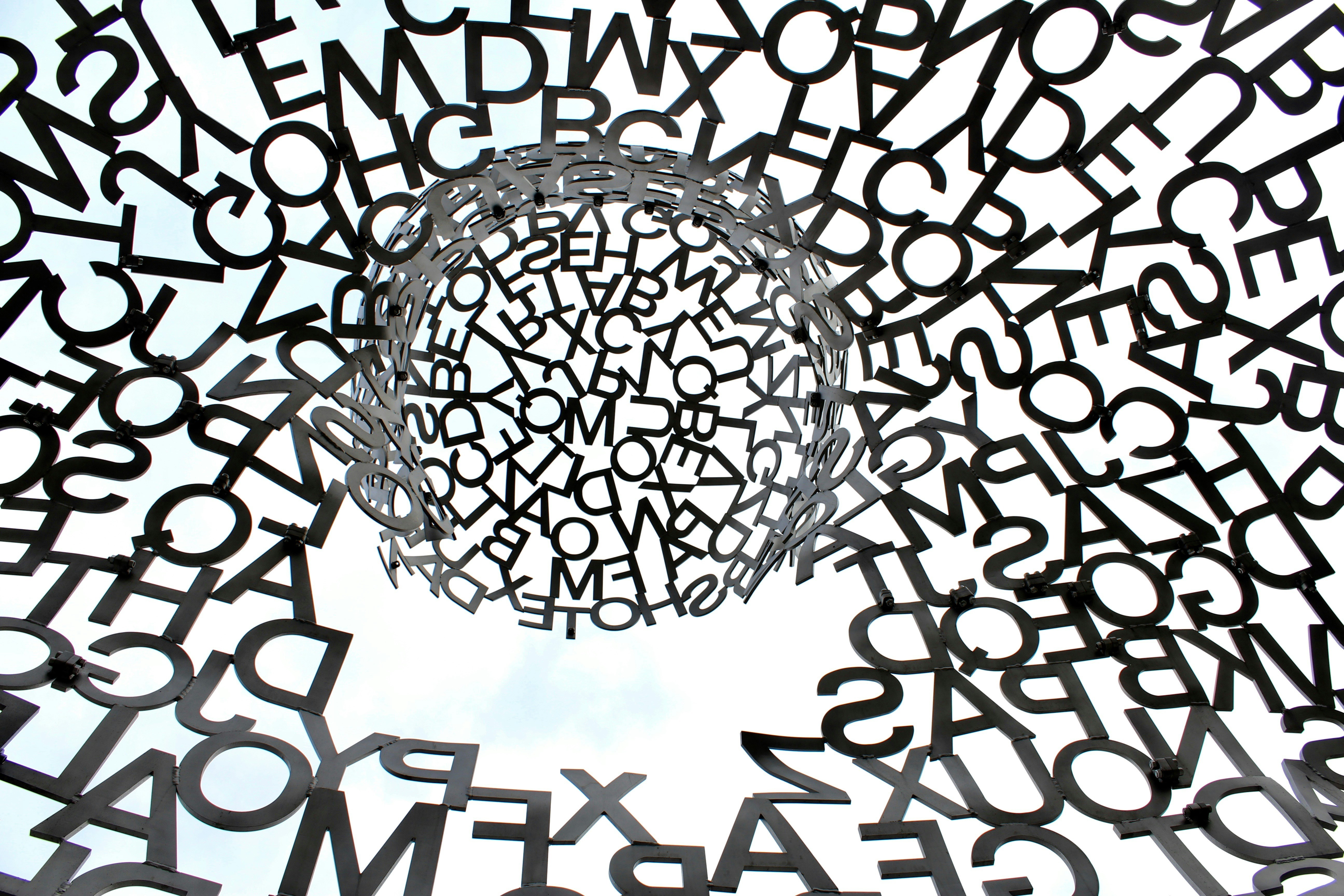Design framework
UX Insights. Vol. 1
From the moment I discovered the world of UX/UI Design, I knew I had found the right path. It took just one short, three-month Web Design Beginning course—my first design course—to confirm that I had discovered what I had been searching for since making fashion collages as a kid. In other words, creative & digital art have always been my passion. But of course, nothing is as easy as one might imagine. The 3-month program didn't immediately advance my career, but it opened new doors and broadened my perspective.
While I would love to dive into the details of the various programs I've taken and the emotions I've experienced at each stage, let's focus on the core topic to keep things engaging and relevant!
One of the UX Essentials
When you first dive into User Experience, you'll encounter dozens of research methods, design processes & deliverables. Yet, one design framework might particularly stand out—whether it's going to be the most popular in your Google search or recommended by your mentor. I'm, of course, talking about the Double Diamond design process model (DD).
For those unfamiliar with the Double Diamond, it’s a visual representation of the process designers use to create successful solutions. This model is divided into four phases, grouped into two diamonds, hence the name. The DD model emphasizes the importance of exploring a wide range of ideas before narrowing down to the best solution, ensuring that the final design is both innovative and aligned with user needs.
The Double Diamond design process is the most popular and widely used model, and for good reason. It serves its purpose well, providing answers to many insights or research questions you might encounter during your work. However, it can also be tricky and overwhelming—at least, it was for me for a long time.
The wrong thing to do
After "mastering" the Double Diamond, I was convinced I needed to follow every step on the way by completing every familiar to me deliverable from its list. This approach left me exhausted and emotionally drained. I soon realized this wasn’t the case!
All the right things
During my journey to becoming a mid-level UX designer, I had the privilege of learning from experienced professionals who introduced me to an alternative and enhanced approach to the Double Diamond process. This method requires a UX/UI designer to strategically analyze the project and select only a certain amount of research from the DD process to determine the most efficient path to success. At first, I found this approach surprising, as it often involves leaving out significant amounts of research to achieve better results. Initially, this idea seemed controversial to me, as I believed that more research would always lead to a better outcome. However, I chose to trust the process.
It's safe to say that this is one of the best UX design approaches I've incorporated into my work. Not only does it save time and achieve better results, but it also helps you stay more engaged in the design process without burning out.
Choosing a specific list of tasks that directly impact the project is key. There’s no point in doing extra work if it won’t benefit the outcome. Even if you’re creating a case study for your portfolio without a real stakeholder, it’s better to demonstrate that you, as a specialist, understand that each project is unique and may require a different set of deliverables.
Of course, with all said above, it's important to question yourself and iterate your research questions in case you've missed something at first & eliminated an important piece of research by mistake during the early stages.
Let's sum it up!
When I begin a project today, I take the time to sit down with a clear head, understand the core problems, and map out the most efficient roadmap to solutions using the tools I know. Once the research questions are outlined and a timeline for each stage is established, the most interesting part begins: the project undergoes various research phases, insights are gained that either support future solutions or suggest a different direction.
To summarize, don't be afraid to question yourself and your decisions along the way, and don't hesitate to look at a challenge from a different perspective. Meeting a deadline is always appreciated, but if you have the time to think twice before making a decision, it's better to do so. After all, each project is unique, and understanding how to tailor your methods to fit the situation is key to success!




